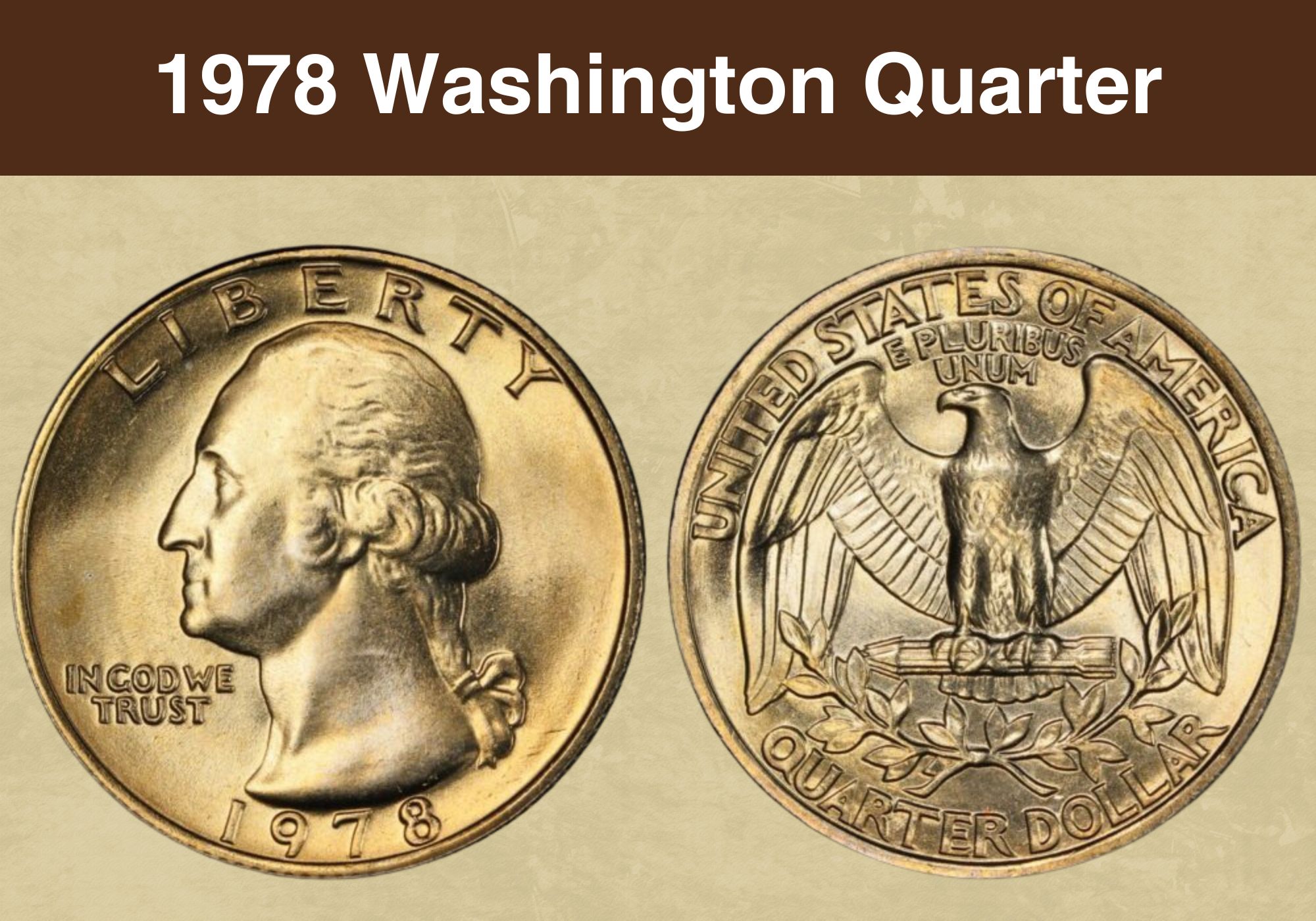
Coin Value Contents Table
- 1978 Quarter value Chart
- History of the 1978 Washington Quarter
- 1978 Washington Quarter Types
- Features of the 1978 Washington Quarter
- 1978 Washington Quarter Grading
- 1978 Washington Quarter Value Guides
- 1978 No Mint Mark Quarter Value
- 1978 D Washington Quarter Value
- 1978 S Quarter Value (proof)
- Rare 1978 Washington Quarter Errors List
- Where to Sell Your 1978 Washington Quarter ?
- FAQ about the 1978 Washington Quarter
According to the original plan, the Washington quarters began its era as one-year commemorative coins in 1932, but their minting continued in 1934. George Washington thus became the second US President whose image appeared on one US coin’s obverse.
They kept the same appearance until 1998 but changed the compound in 1965. Since most collectors mainly focus on coins from an earlier period, modern specimens are cheap but still collectible. The 1978 quarter value is currently insignificant, although collecting these coins can pay off in the future.
1978 Quarter value Chart |
|||
| Condition | 1978 No Mint Mark quarter | 1978 D quarter | 1978 S quarter |
| MS 65 | $6.81 | $6.81 | / |
| PR 65 | / | / | $5.84 |
History of the 1978 Washington Quarter
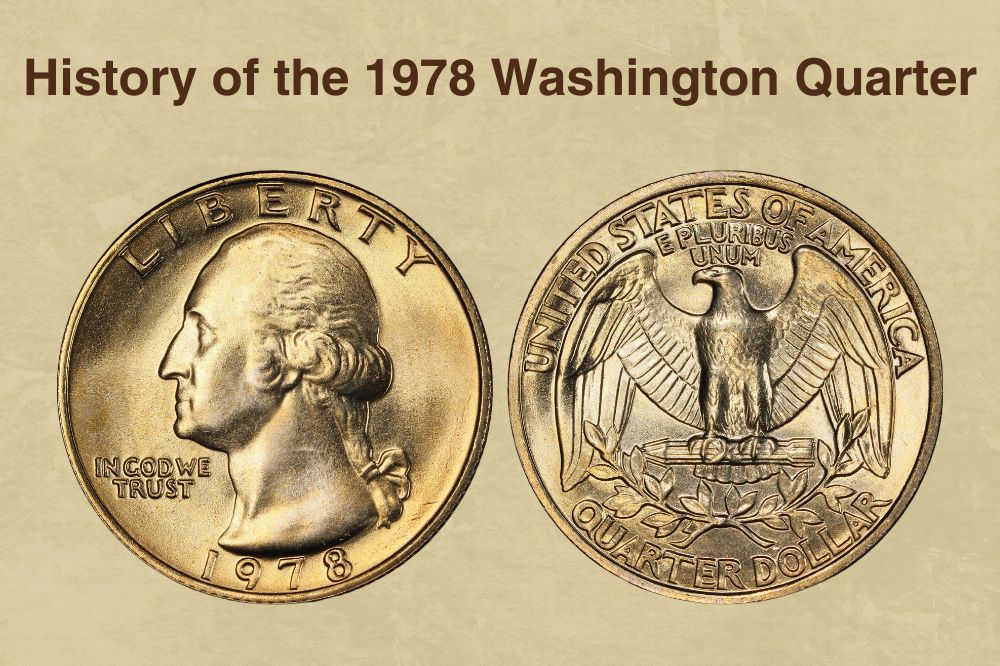
The Washington quarter appeared in public in 1932 as a one-year commemorative coin. The intention was to mark the 200th anniversary of the birth of George Washington, the first US President. Although the Committee originally wanted to use a half-dollar coin for this occasion, the quarter with Washington’s face was permanently adopted.
Although the anniversary was in 1932, the Congress started preparations for celebrating this jubilee as early as 1924 and established the George Washington Bicentennial Commission. However, it was not very active, and the new one replaced it in 1929.
Additionally, Congress announced a competition to replace the existing design showing Lady Liberty on the quarter’s obverse. In response to the competition, 98 sculptors submitted over 100 works. The winning design was Laura G. Fraser’s creative solution.
Unfortunately, plans quickly changed as then-Treasury Secretary Mellon chose John Flanagan’s design. Despite disagreements and protests, he stood by his decision. Even his departure from office didn’t change anything. His successor, Ogden Mills, only reminded the commission members that their role is exclusively advisory.
1978 Washington Quarter Types |
||
| Location | Year | Minted |
| Philadelphia | 1978 No Mint Mark quarter | 521,452,000 |
| Denver | 1978 D quarter | 287,373,152 |
| San Francisco | 1978 S quarter (proof) | 3,127,781 |
| Total | / | 811,952,933 |
Flanagan’s design was simple but without artistic weight. However, such a solution suited the mint officials in terms of production. The low relief made it possible to mint coins with just one strike. The disadvantage was weak design elements that required periodic changes to the central hub.
The basis for Flanagan’s obverse design was the George Washington bust created in 1785 by the French sculptor J.A. Houdon. Washington posed to the artist at the family home in Mount Vernon.
Also read: Top 13 Most Valuable State Quarters Worth Money
Features of the 1978 Washington Quarter
As the quarters are long-lasting coins, they have inevitably changed over the years, but much less so than other American coins. In any case, they have consistently retained the image of Washington on the coin obverse from 1932 to the present day.
Most of the quarters from 1978 were in circulation, so many of them show signs of wear. Therefore, only specimens in the mint state attract more attention from collectors.
The obverse of the 1978 Washington Quarter coin
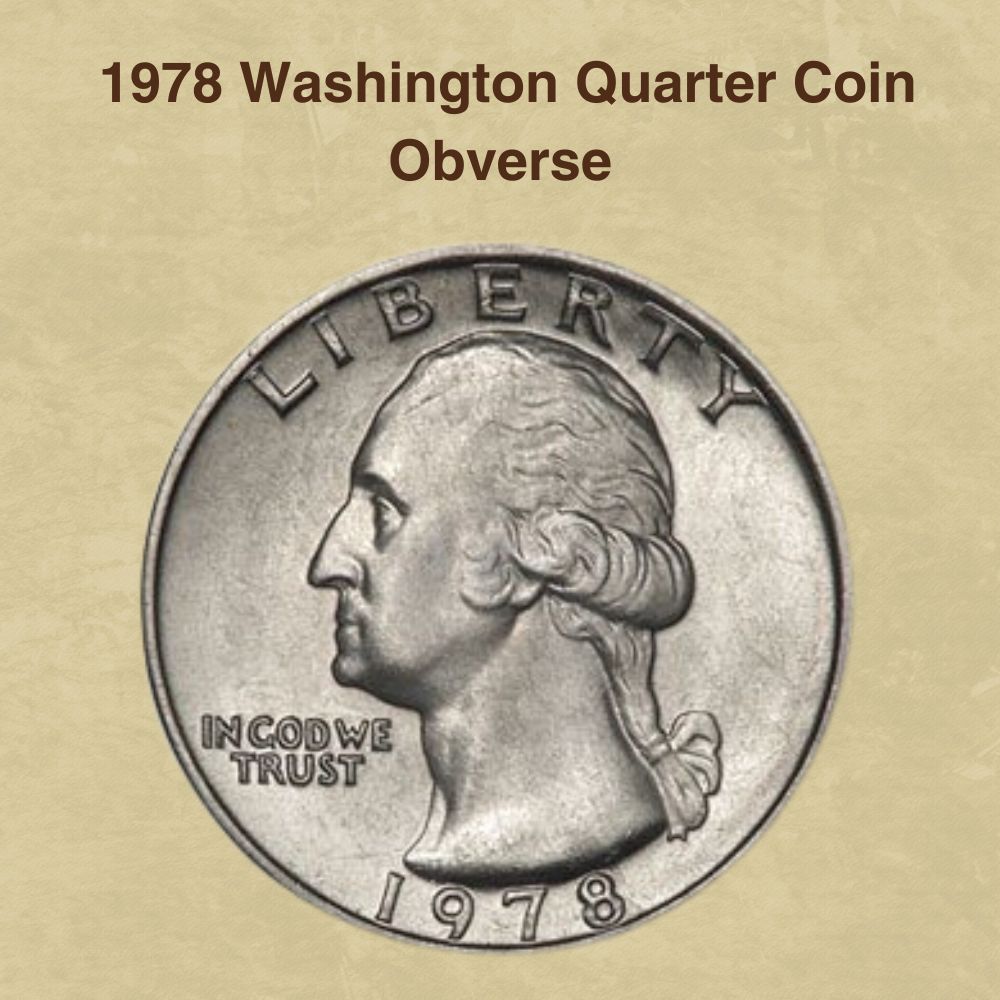
The Washington quarter obverse features a portrait of the first American President and Founding Father, George Washington. His bust sits in the coin center with the profile facing left on display. The image is quite simple, aside from the details in the curly hair and a ponytail with a bow tie.
This coin has three inscriptions. The first one is the word LIBERTY, at the top of the coin arching along the upper rim. Left to the President, just below his chin, you can see the phrase IN GOD WE TRUST. The minting year goes along the lower rim.
On some coins, you can see the mint mark just behind the President’s lower neck beside the bow. It represents the mint that produced the particular quarter.
The reverse of the 1978 Washington Quarter coin
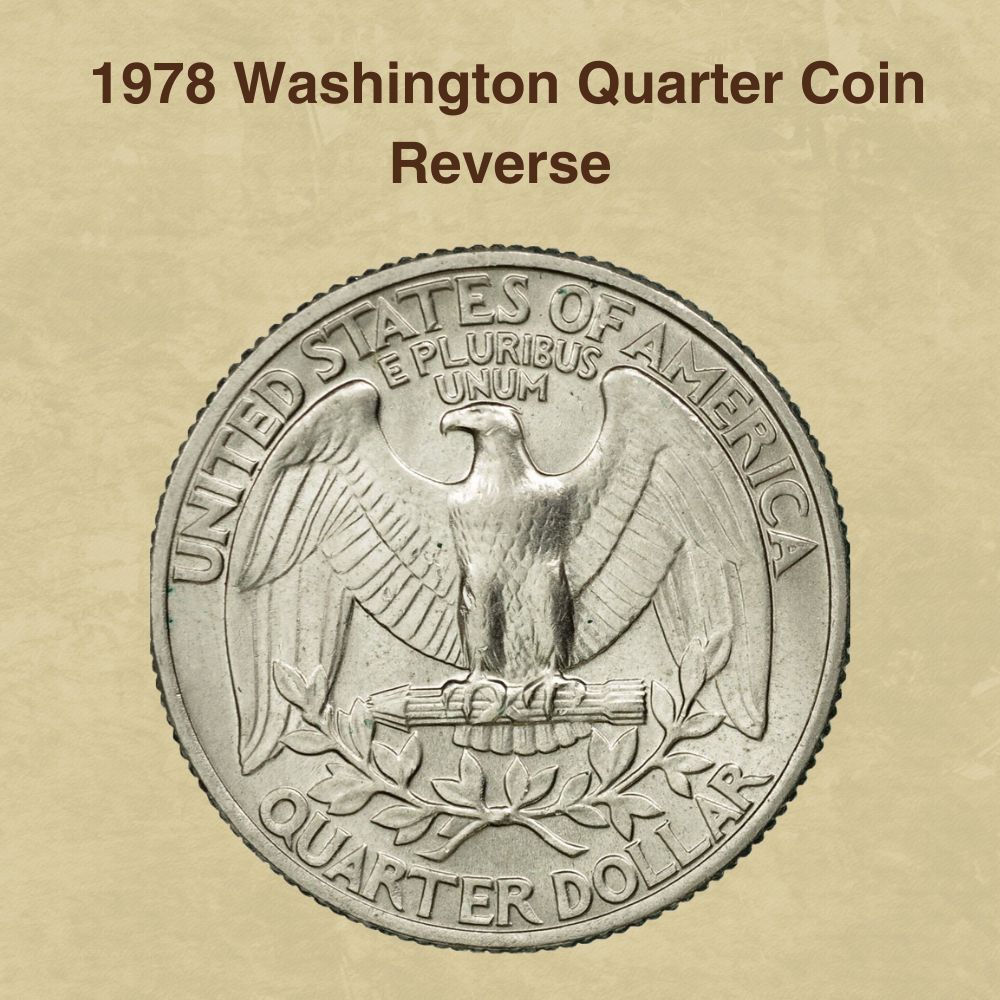
The Washington quarter reverse depicts several elements that symbolize the US. The first is an American Bald Eagle. The bird takes up most of the coin’s reverse due to its spread wings.
While its body is facing forward, the eagle’s gaze is directed to the left. It keeps its talons around an arrow’s bundle while two olive branches outstretch beneath, symbolizing peace.
Along the coin’s upper rim goes the inscription UNITED STATES OF AMERICA. Just below is E PLURIBUS UNUM, the motto of the United States. The QUARTER DOLLAR denomination is along the lower rim, just below the two olive branches.
1978 Washington Quarter Details |
|
| Face value | 25 cents ($0.25) |
| Compound | Copper (75%) and nickel (25%) with a clad core |
| Coin diameter | 0.9551 inches (24.26 mm) |
| Coin thickness | 0.06889 inches (1.75 mm) |
| Coin weight | 0.20 ounces (5.67 g) |
| Shape | Round |
| Edge | Reeded |
Other features of the 1978 Washington Quarter coin
The quarter is a coin composed of an alloy of copper and nickel. That actually means it has a core of pure copper coated with two layers of copper nickel. Consequently, the overall composition of the coin contains only 8.33% nickel, while the most part is made of copper.
The coin is round in shape, with a reed rim and 0.9551 inches (24.26 mm) in diameter. This specimen meets the quarter’s standards with a thickness of 0.06889 inches (1.75 mm) and a weight of 0.20 ounces (5.67 g).
1978 Washington Quarter Grading
Coin graders generally use the Sheldon scale in their work. The grading of this scale goes from 1 for the worst-ranked coins to 70 for the best ones. In doing so, experts first check each coin’s appearance, signs of wear, and damage. The next step is to assess its overall condition, color, luster, and error presence.
| # | Grade |
|---|---|
| 1 | Basal State-1 |
| 2 | Fair |
| 3 | Very Fair |
| 4, 5, 6 | Good |
| 7, 8, 10 | Very Good |
| 12, 15 | Fine |
| 20, 30 | Very Fine |
| 40 | Extremely Fine |
| 50 | About Uncirculated |
| 60 | Mint State |
| 65 | Mint State |
| 70 | Mint State |
Please check our grading guides to know your coin scale, It’s the necessary step to know the exact value of your coin.
Check out now: How to Grade Washington Quarter?
1978 Washington Quarter Value Guides
Three mints struck the 1978 quarters in a mintage of 811,952,933 with different variations. You can distinguish them by the mint mark. Most of these coins are in circulation nowadays and have visible signs of wear.
1978 No Mint Mark Quarter Value
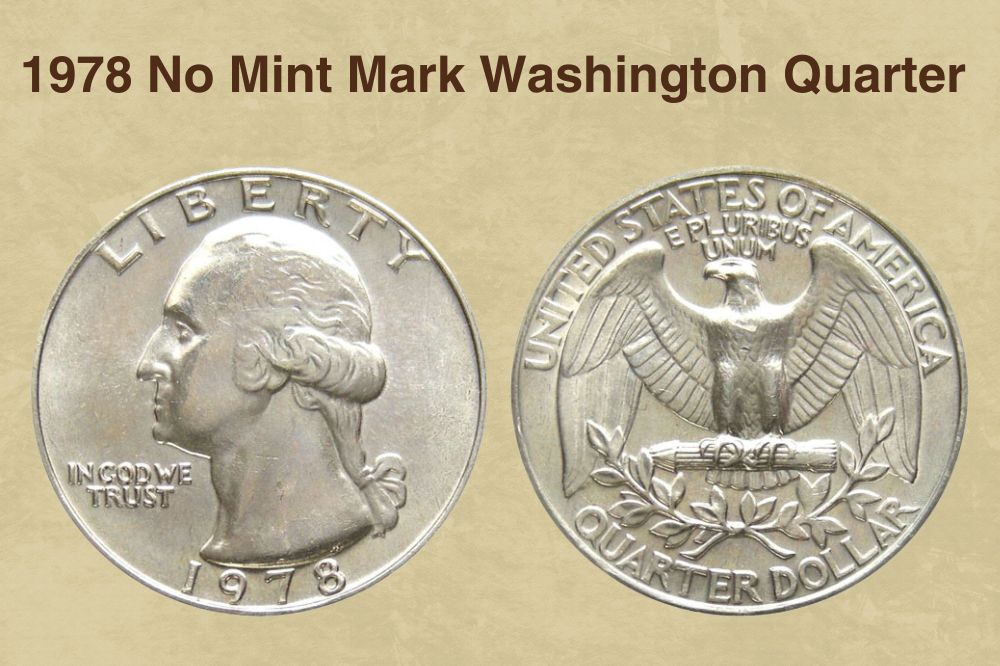
All 521,452,000 unmarked 1978 Washington quarters are from the Philadelphia mint. That is almost two-thirds of the entire circulation of quarters that year. Consequently, this mintage ensures easy availability of these coins on the coin market.
Likewise, such a high mintage directly affects each coin’s value. You can buy specimens from circulation for $0.25. However, even pieces in the mint state have a relatively low price, and you can find coins in MS 60 to MS 65 grades for $1 to $22.
Only two pieces are more expensive, and you need to pay $32 for a coin with an MS 66 grade. Buying an MS 67-graded quarter means spending as much as $225 per one.
1978 D Washington Quarter Value
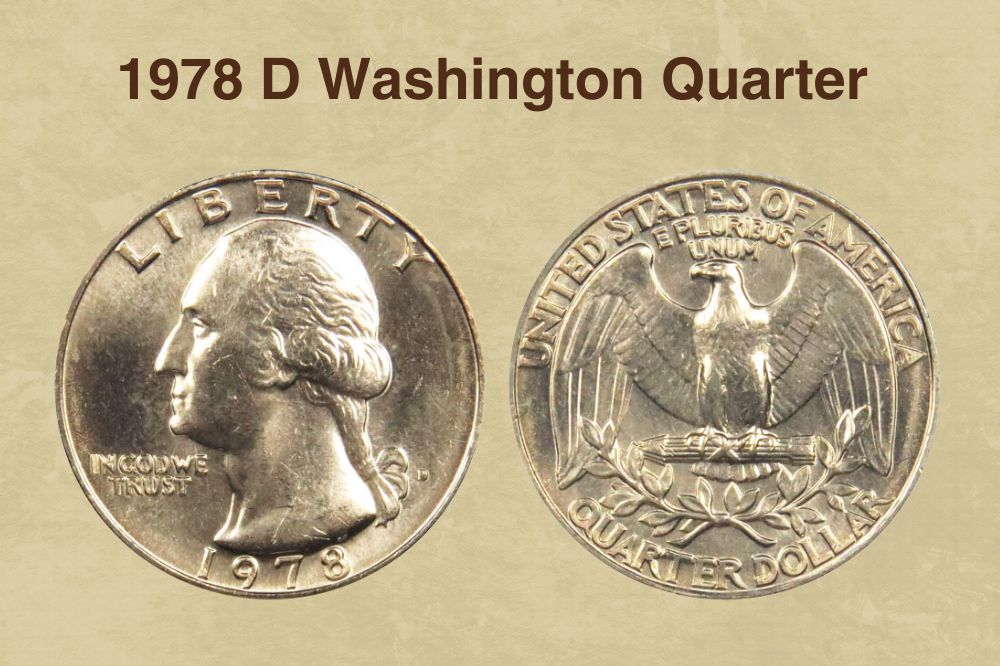
With 287,373,152 1978 quarters, the Denver mint had the second-largest mintage. These D-marked coins are abundant in today’s coin market and have an affordable price.
As they are still in circulation, average-preserved specimens typically cost their face value. Even some pieces in the mint state have no significant value. The 1978 Washington quarters graded MS 60 to MS 65 don’t exceed one dollar in price.
Expectedly, a higher grade affects the increase in value. Therefore, it is necessary to set aside $32 to purchase the MS 66-graded 1978 Washington quarter. A piece with MS 67 can cost even more, approximately $240
1978 S Quarter Value (proof)
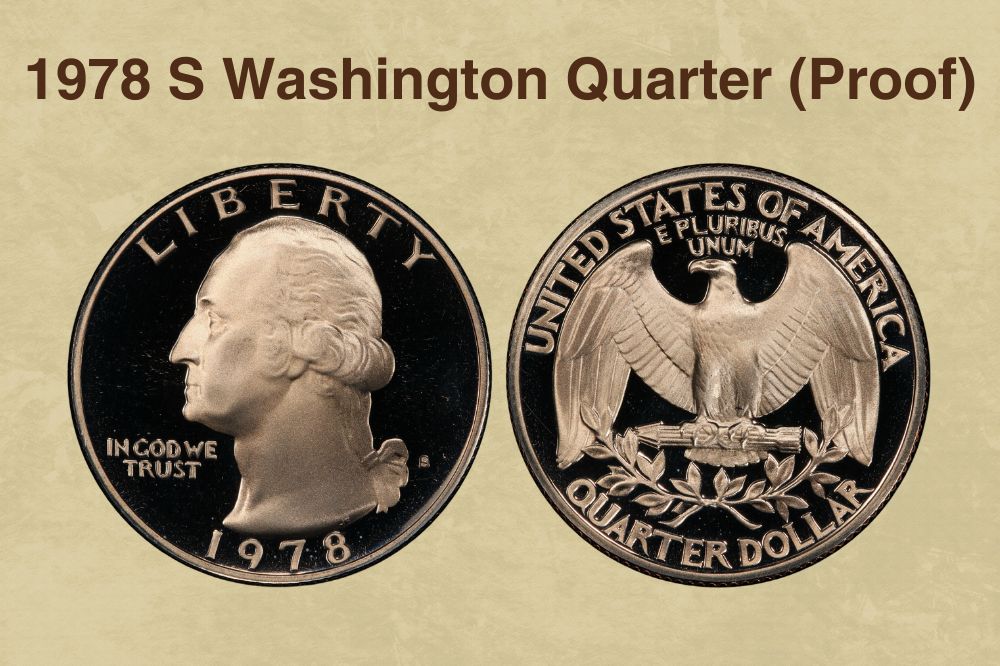
Proof coins are purpose-made for collectors, and you can find them mostly in sets. Until 1971, mints achieved a mirror finish by polishing the flat die surfaces.
However, the thus obtained smoothness of the flat matrix surfaces could produce only about a hundred coins with deep cameo contrast. For these reasons, collectors especially value these specimens. Contrary to expectations, coins with such quality have an average value like:
- $6 for the 1978 S PR 67 DCAM quarter
- $7 for the 1978 S PR 68 DCAM quarter
- $13 for the 1978 S PR 69 DCAM quarter
- $42 for the2 1978 S PR 70 DCAM quarter
The San Francisco mint minted 3,127,781 proof quarters that year. You can recognize them by the letter S on the obverse.
Also read: Top 16 Most Valuable Modern Quarters Worth Money
Rare 1978 Washington Quarter Errors List
There is probably no coin set without at least one piece with an error. The 1978 Washington quarters, with a mintage of over 800,000,000 pieces, are no exception. These coins with errors often have significantly more value than regular ones.
Off-center
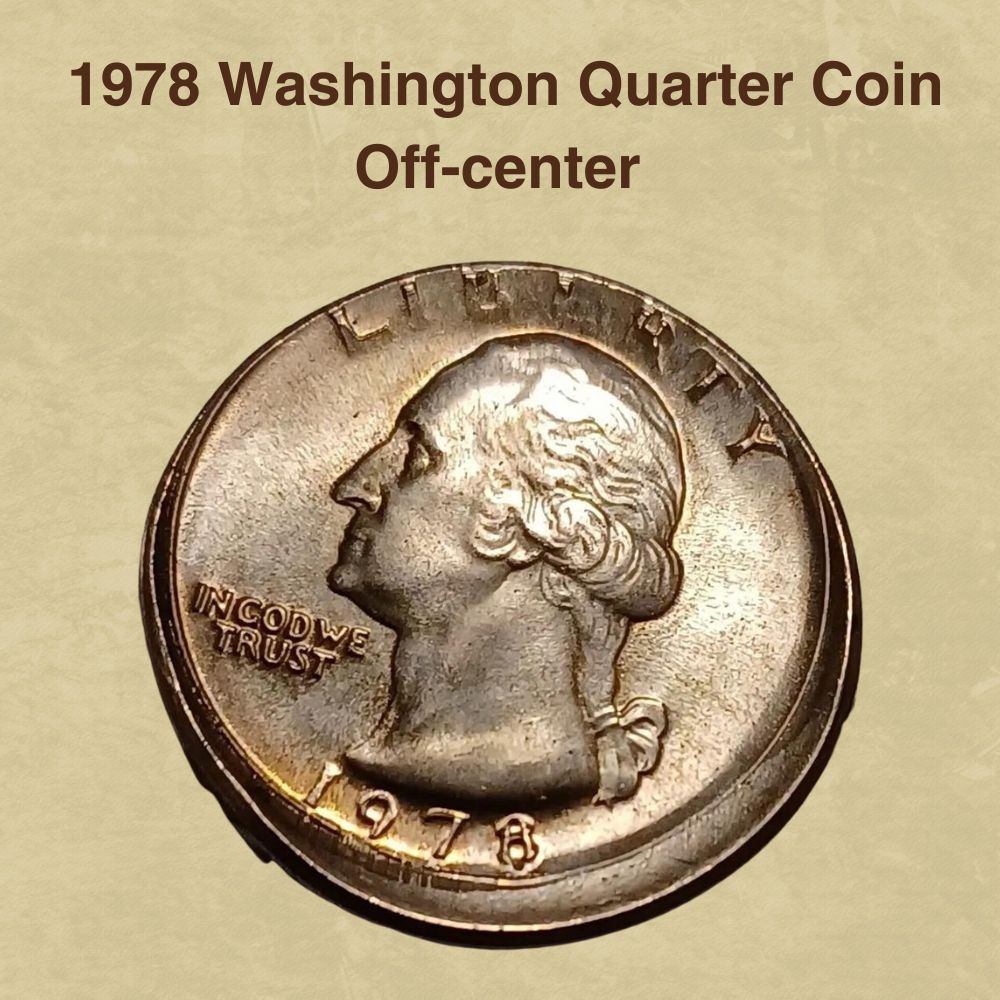
As the name suggests, this error occurs when striking is done outside the center. The reason is that the tile didn’t sit properly in the mold, resulting in only the partially present design. Generally, the higher the percentage of the missing design, the higher the coin value.
The 1978 off-center Washington quarters value is between $30 and $50. For instance, the 1978 MS 66 coin with 15% off-center can cost you about $45. When that defect is 50% of the design with the date visible, the price can be over $250.
Strike off-center with a double struck
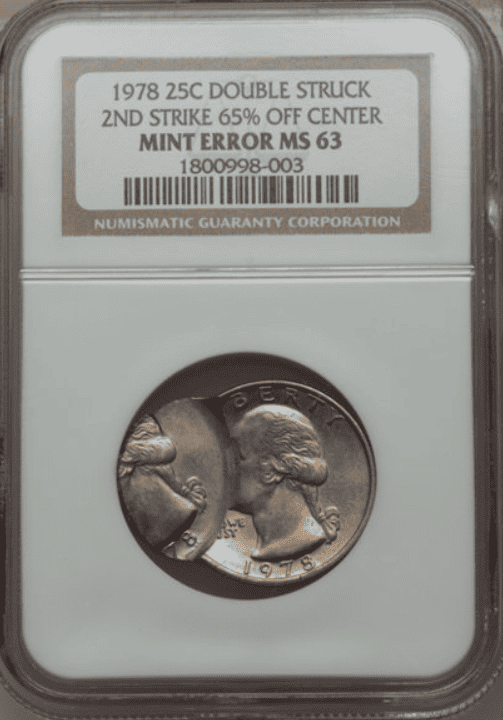
In this quarter, two errors come together, a double strike and an off-center. That is an unusual, rare, and interesting error. The design is significantly away from the center at the second strike, resulting in a unique coin shape.
Instead of the usual circular shape, such a specimen looks more like a weird 8. The interest for this coin is high, and one collector paid $293 to get one.
Rotated double struck
You can find coins with a double strike error when a die strikes the planchet twice instead of once. When the coin slightly rotates along the collar during the second strike, another error type with the doubling of the design occurs.
In this case, you can hardly distinguish the second image due to the existing overlap. This piece can reach over $170 at an auction.
Wrong planchet
This error type occurred when a quarter was accidentally struck on the wrong planchet of another coin. In this case, the most noticeable differences are in the coin’s weight, and a part of the design can be missing due to the inadequate size.
The 1978 Washington quarter appears on several inadequate planchets. One specimen struck on a 10-cent planchet reached over $375 at an auction. Pieces on the 5-cent planchet were valued at $180, while those minted on the 1-cent planchet cost approximately $600.
Improperly annealed planchet
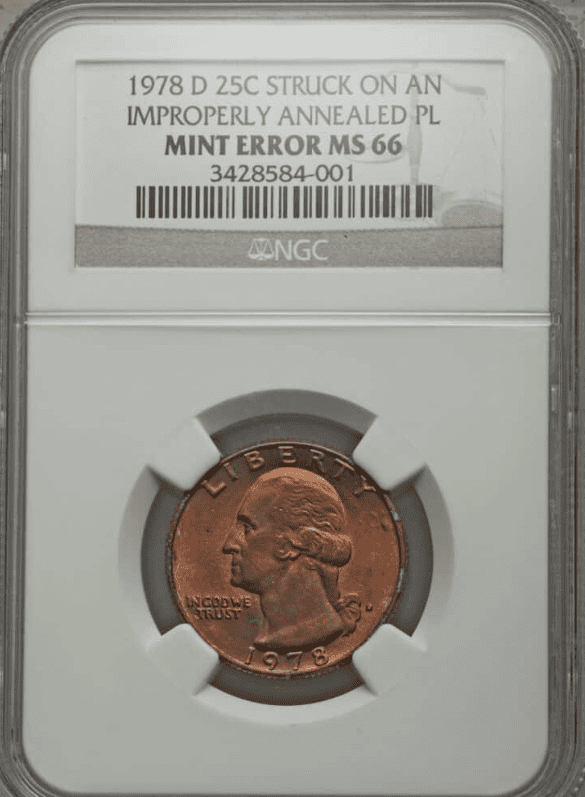
The planchet is made hot during minting in a process called annealing. This error occurs when the planchet is incorrectly heated in the first place and then inadequately cooled during the process. Because of this, the copper molecules in the planchet can break out on its surface, showing a reddish-orange toning.
Such coins are amusing and attractive to collectors because of their appearance. Although their value depends on the variety and condition, the price is typically around $100.
Also read: 17 Most Valuable Quarter Errors Worth Money
Where to Sell Your 1978 Washington Quarter ?
Now that you know the value of your coins, do you know where to sell those coins online easily? Don’t worry, I’ve compiled a list of these sites, including their introduction, pros, and cons.
Check out now: Best Places To Sell Coins Online (Pros & Cons)
FAQ about the 1978 Washington Quarter
What makes a 1978 Washington Quarter coin rare?
The 1978 quarters are modern coins you can still find in use. The high circulation makes them abundant on the market and relatively inexpensive. However, a few specimens with specific errors are valuable for collectors.
Which 1978 Washington Quarter are worth a lot of money?
- The 1978 MS 67+ quarter sold at $2,875 in 2021
- The 1978 D MS 67+ quarter sold at $1,528 in 2016
- The 1978 S PR 70 quarter with DCAM quality sold at $472 in 2003
How much are the 1978 Washington Quarter from Philadelphia worth?
The 1978 No Mint mark quarter value is not exceptionally high, although it largely depends on each coin condition. You can buy an unpreserved specimen from circulation for its face value, while even pieces in MS 65 grade are worth barely a dollar.
What are the priciest Washington coins?
The US Mint began producing the Washington quarters in 1932, and most of those coins were in circulation for years. For this reason, finding coins from that early period in high grades is a real challenge.
Nowadays, the most expensive quarter is a coin from 1932 marked D and graded MS 66. A collector paid an incredible $143,750 for this piece at auction in 2008.
It is followed by the 1932 S MS 66 quarter with a price of $45,500 from the 2020 auction. Finally, the 1949 D MS 68 coin sold for $43,475 in 2019, while the 1932 MS 67 quarter from Philadelphia reached $40,250 in 2012.

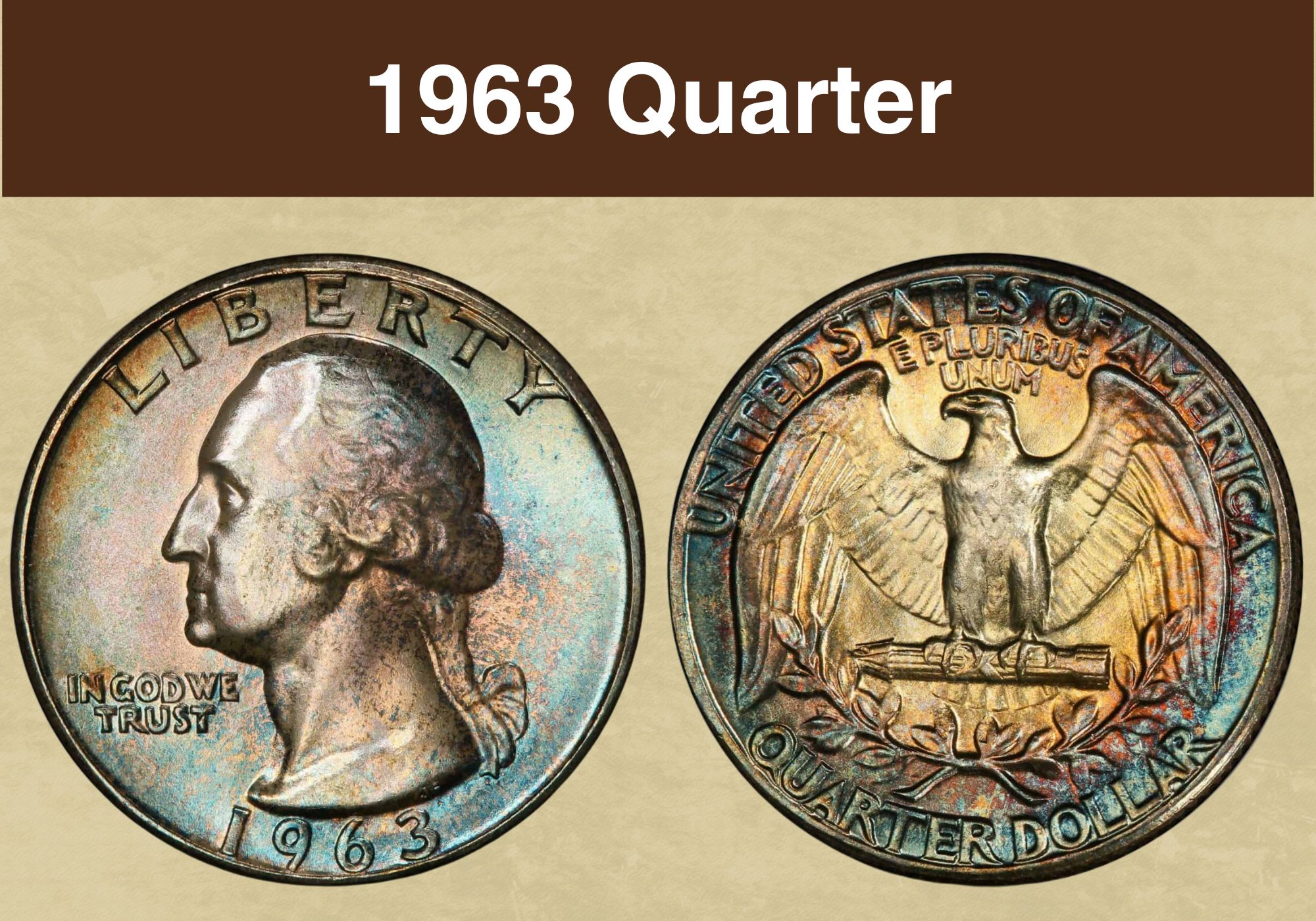
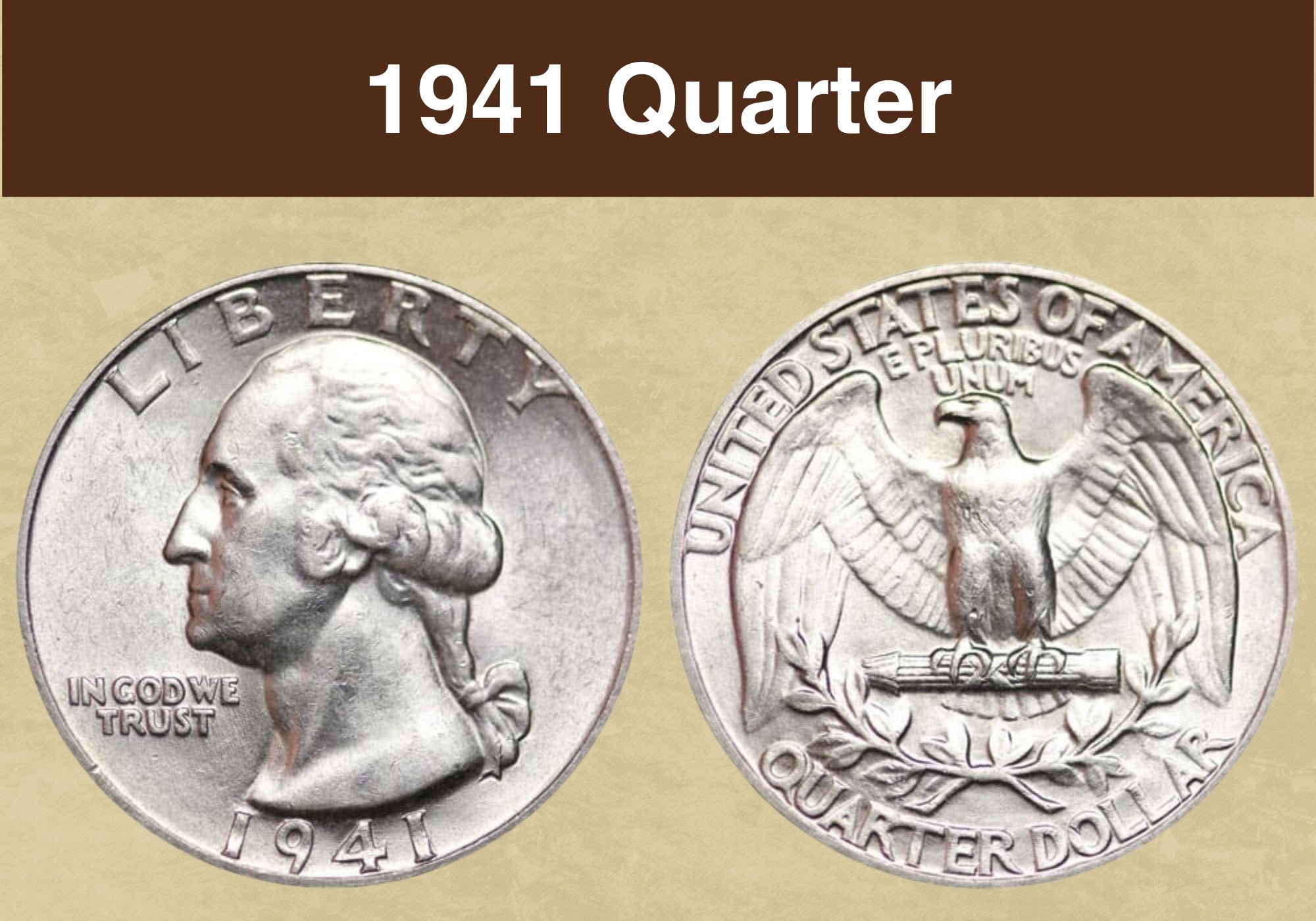
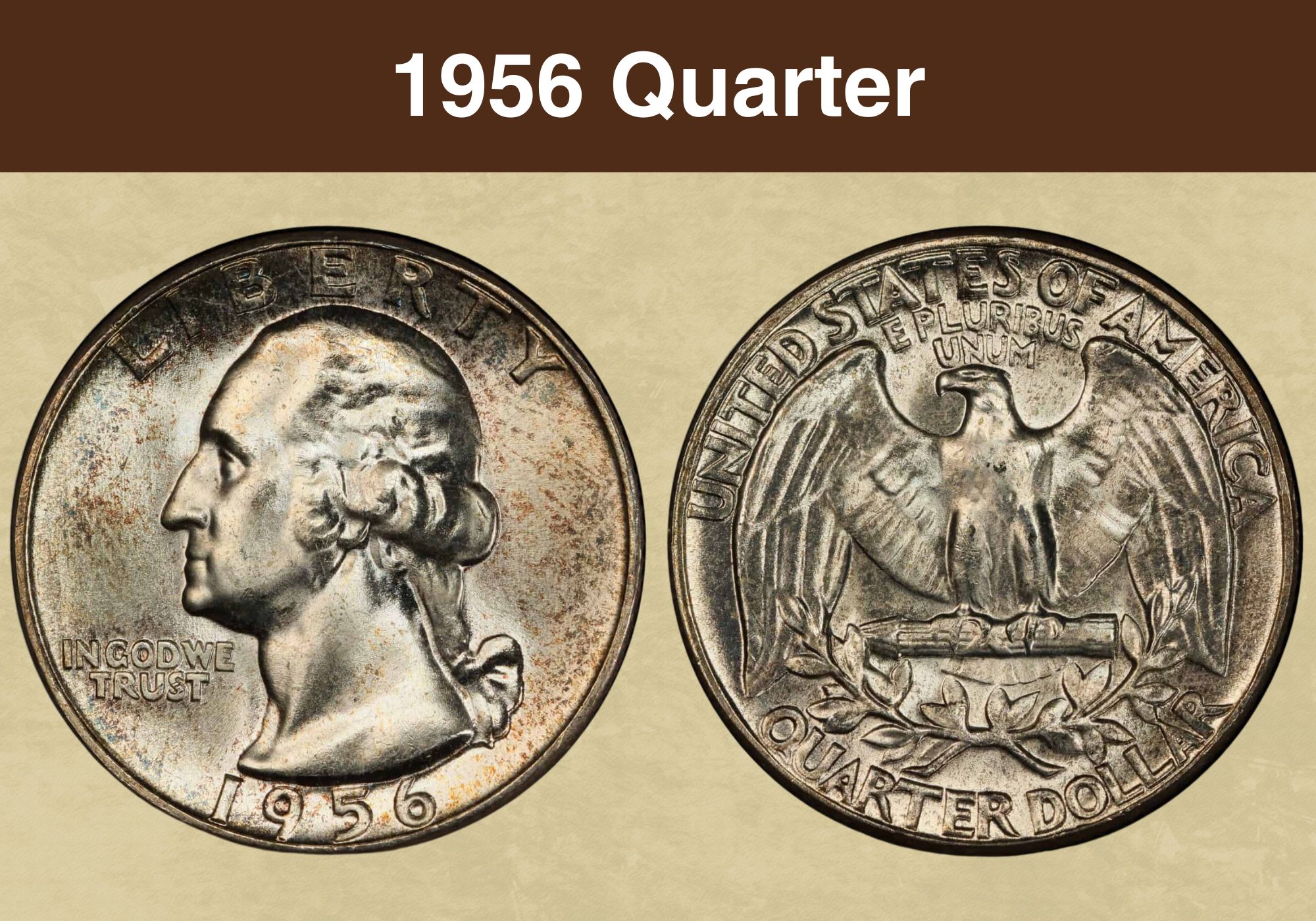
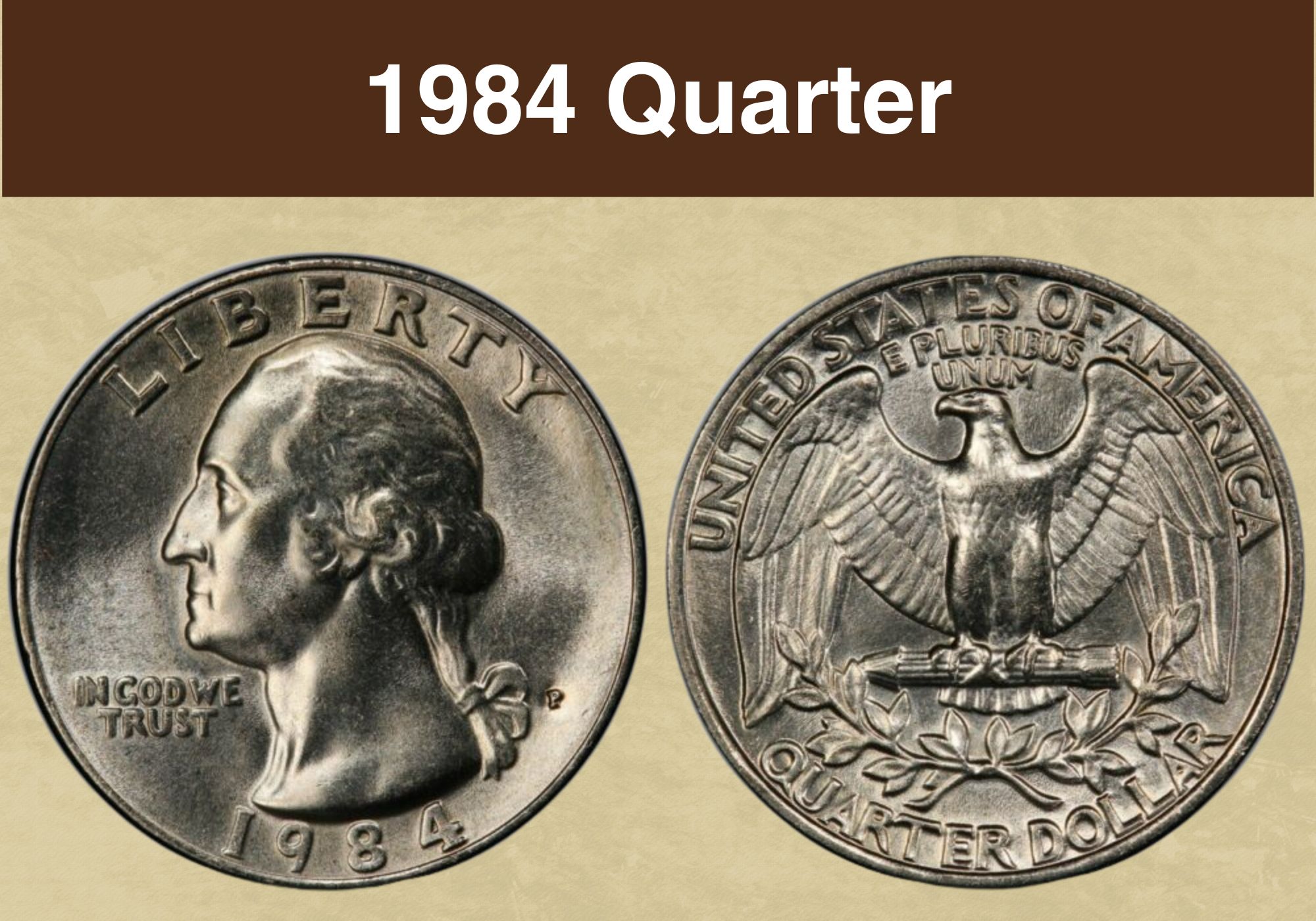
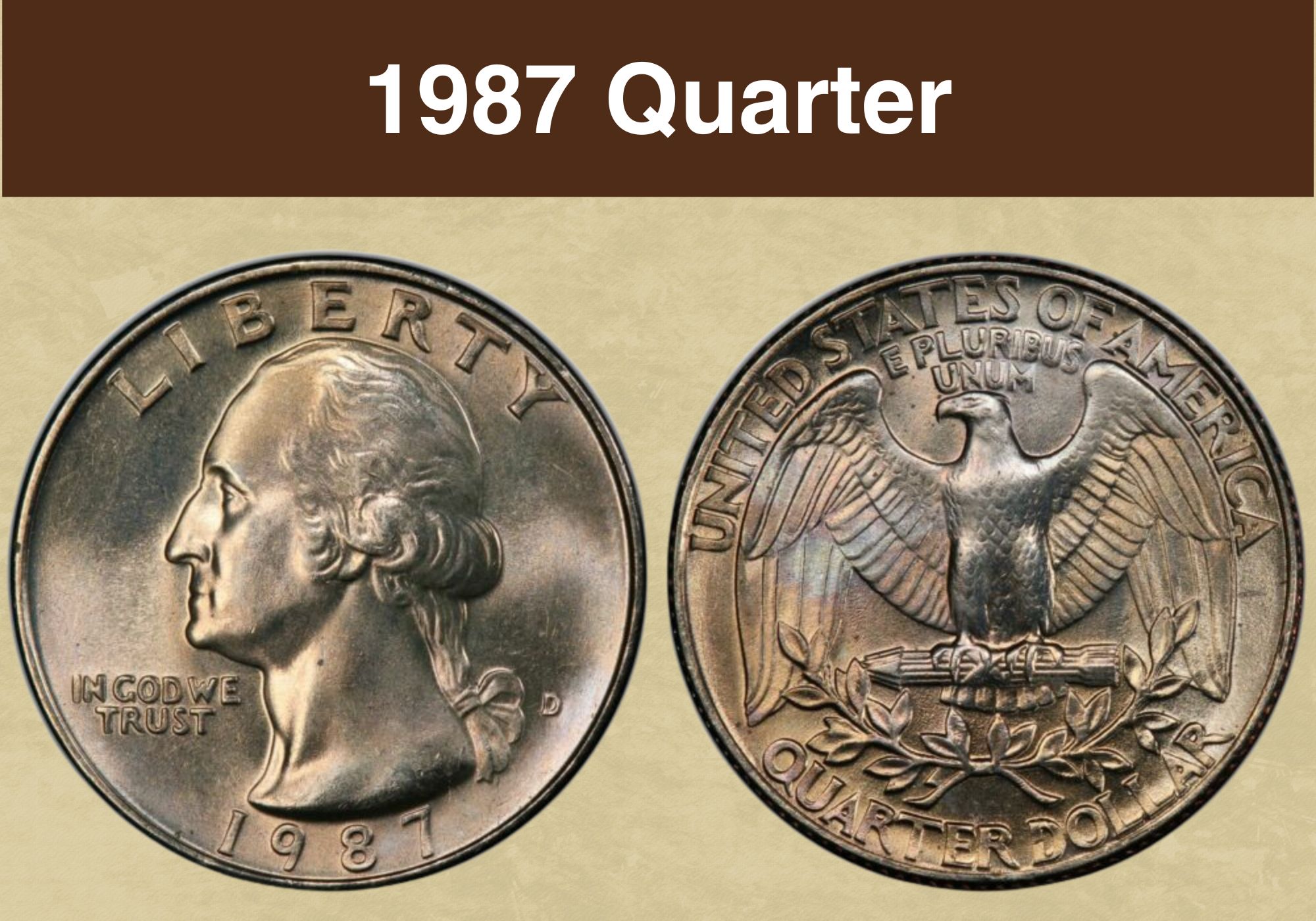
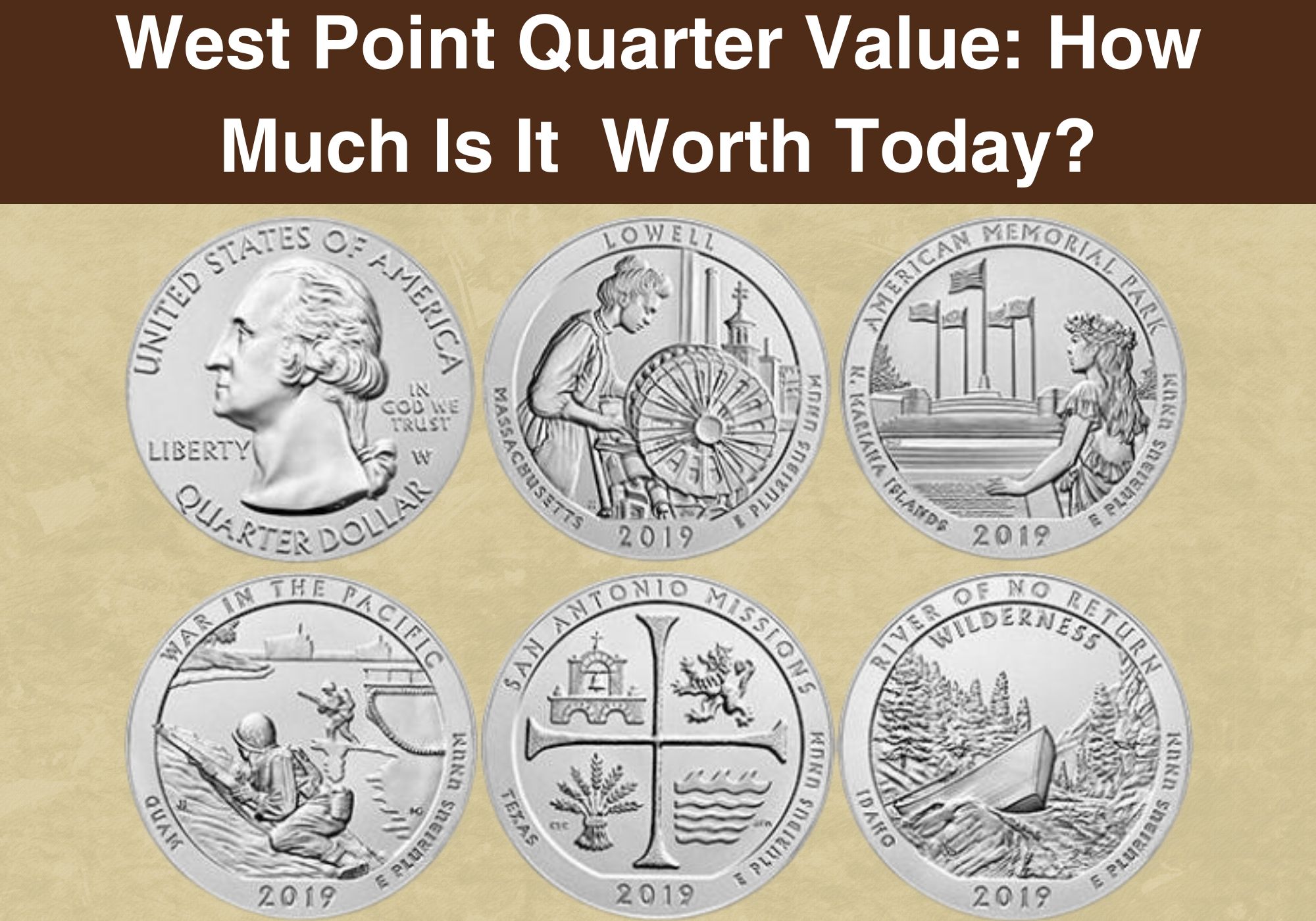
I have a unique 1978 error quarter. a week strike on the AR in Dollar making it Doll